Spanish Feelings and Emotions Worksheets
Feeling overwhelmed with finding suitable Spanish worksheets to practice identifying and expressing emotions and feelings? Look no further! Our collection of Spanish Feelings and Emotions Worksheets is designed to help learners of all levels improve their language skills by focusing on this specific topic. Whether you're a beginner looking to expand your vocabulary or an intermediate learner wanting to refine your grammar and sentence structure, these worksheets provide engaging exercises that will enhance your understanding of emotions in the Spanish language.
Table of Images 👆
More Other Worksheets
Kindergarten Worksheet My RoomSpanish Verb Worksheets
Cooking Vocabulary Worksheet
DNA Code Worksheet
Meiosis Worksheet Answer Key
Art Handouts and Worksheets
7 Elements of Art Worksheets
All Amendment Worksheet
Symmetry Art Worksheets
Daily Meal Planning Worksheet
What are the main emotions commonly expressed in Spanish?
Some common emotions expressed in Spanish are alegría (happiness), tristeza (sadness), enojo (anger), miedo (fear), sorpresa (surprise), amor (love), and frustración (frustration). These emotions are widely used in everyday conversations and literature in the Spanish-speaking world.
How do Spanish-speaking people usually describe feeling happy?
Spanish-speaking people usually describe feeling happy by saying "Estoy feliz" which translates to "I am happy" or "Me siento contento/a" meaning "I feel content".
Which verbs are commonly used to express feelings of sadness in Spanish?
Some common verbs used to express feelings of sadness in Spanish are "llorar" (to cry), "sentir" (to feel), "sufrir" (to suffer), "estar triste" (to be sad), "deprimirse" (to get depressed), and "entristecerse" (to become sad).
How do Spanish speakers typically express feeling angry or frustrated?
Spanish speakers typically express feeling angry or frustrated by saying "Estoy enojado/a" (I am angry) or "Estoy frustrado/a" (I am frustrated). They may also use phrases such as "Me molesta mucho" (It bothers me a lot) or "Estoy harto/a" (I am fed up). Additionally, they might use more colorful language to show their emotions, such as "Estoy furioso/a" (I am furious) or "Estoy harto/a hasta las narices" (I am fed up to here).
What are some common phrases used to describe feeling anxious or worried in Spanish?
Some common phrases used to describe feeling anxious or worried in Spanish are "estar ansioso" (to be anxious), "estar preocupado" (to be worried), "sentir miedo" (to feel fear), "estar nervioso" (to be nervous), and "tener estrés" (to have stress).
How do Spanish-speaking individuals express feeling excited or enthusiastic?
Spanish-speaking individuals express feeling excited or enthusiastic by saying "¡Estoy emocionado!" or "¡Estoy entusiasmado!" They may also use expressions like "¡Qué emoción!" or "¡Qué emoción tan grande!" to convey their excitement. Additionally, they might exclaim "¡Estoy encantado!" or "¡Estoy feliz de la vida!" to show their enthusiasm.
Which words or phrases are commonly used to describe feeling calm or relaxed in Spanish?
In Spanish, words and phrases commonly used to describe feeling calm or relaxed include "tranquilo/a," "relajado/a," "sereno/a," "pacífico/a," "en paz," "sin preocupaciones," "desestresado/a," and "sosegado/a.
How do Spanish speakers typically express feeling surprised or shocked?
Spanish speakers typically express feeling surprised or shocked by using phrases such as "¡Qué sorpresa!" (What a surprise!), "¡No lo puedo creer!" (I can't believe it!), or "¡Increíble!" (Unbelievable!). They may also use expressions like "¡Dios mío!" (My God!), "¡Vaya sorpresa!" (What a surprise!), or simply exclaiming "¡Wow!" or "¡Guau!" in informal settings.
What are some common words or expressions used to describe feeling scared or fearful in Spanish?
Some common words or expressions used to describe feeling scared or fearful in Spanish include "asustado/a," "temeroso/a," "aterrado/a," "con miedo," "espantado/a," "angustiado/a," "preocupado/a," "nervioso/a," "aprensivo/a," and "aterrorizado/a.
How do Spanish-speaking individuals typically express feeling proud or confident?
Spanish-speaking individuals typically express feeling proud or confident by using phrases like "estoy orgulloso" (I am proud) or "me siento confiado" (I feel confident). They may also use body language such as standing tall, making good eye contact, and using assertive gestures to convey their sense of pride or confidence..Infof
Have something to share?
Who is Worksheeto?
At Worksheeto, we are committed to delivering an extensive and varied portfolio of superior quality worksheets, designed to address the educational demands of students, educators, and parents.

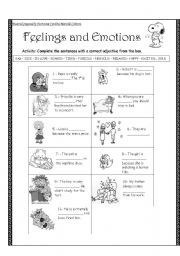




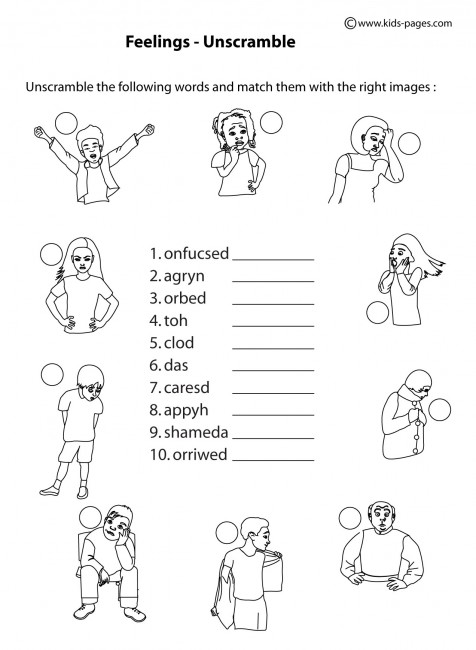
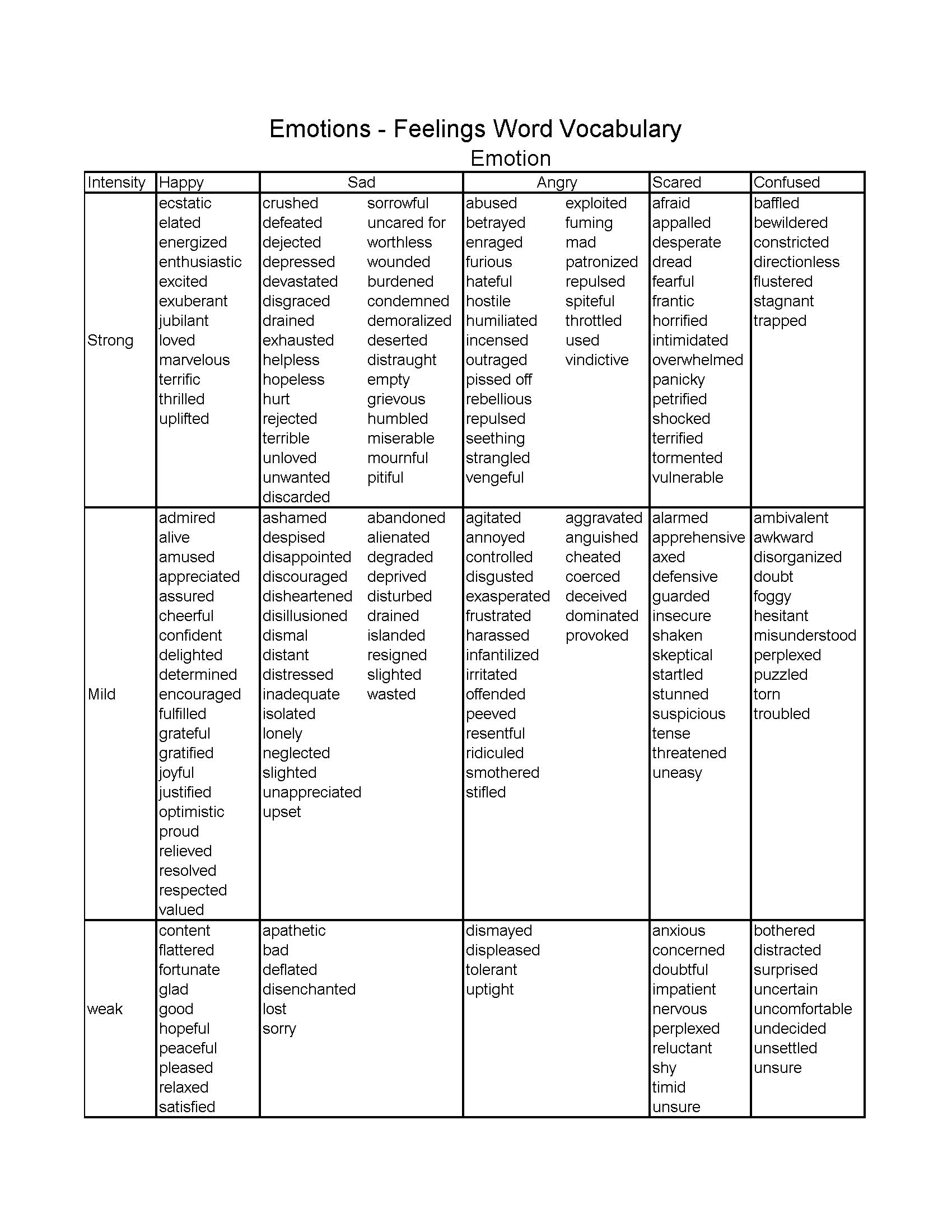
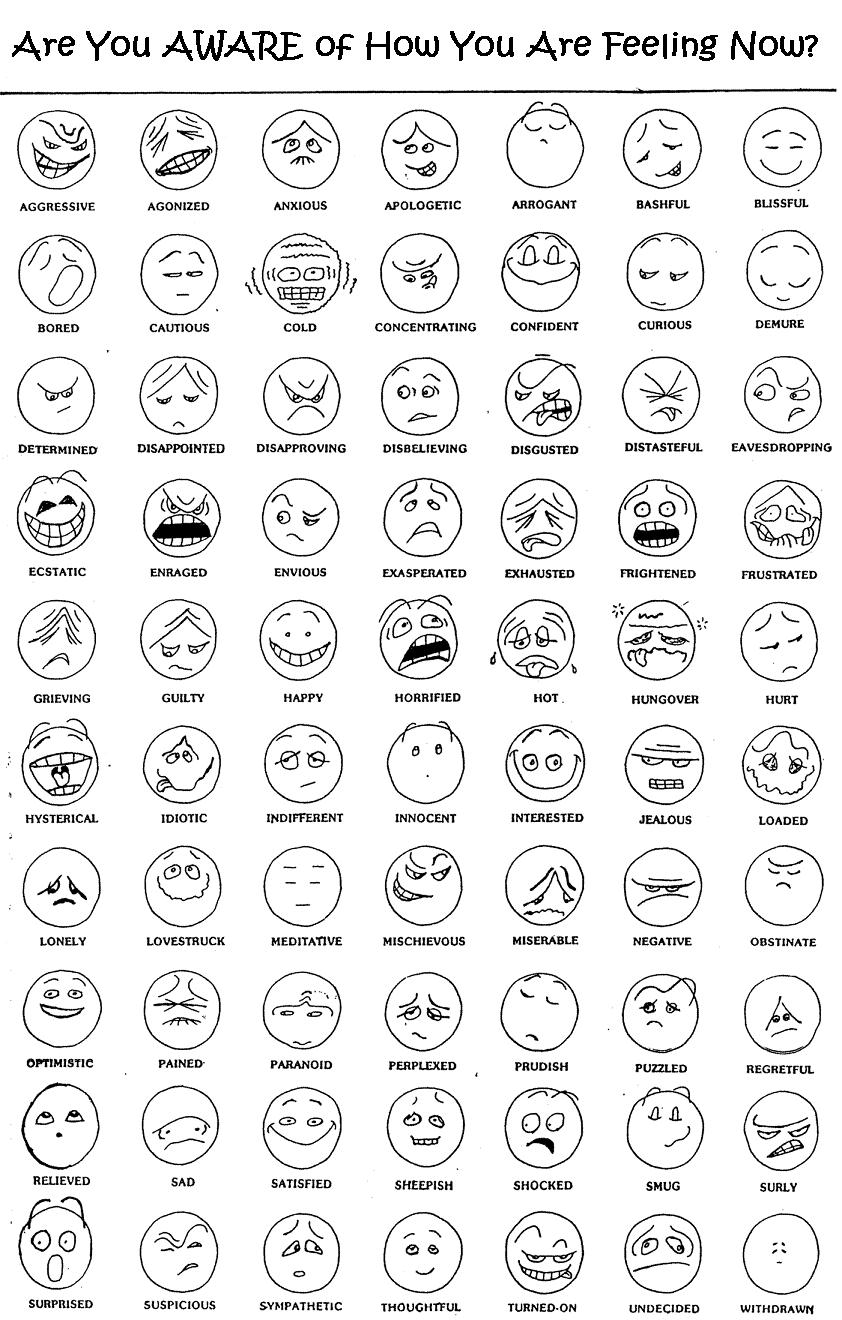

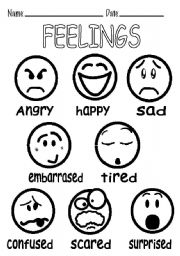

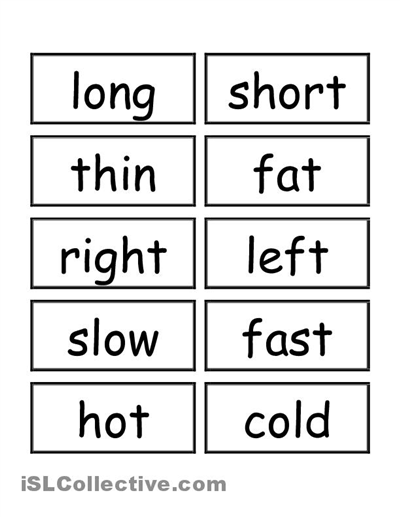
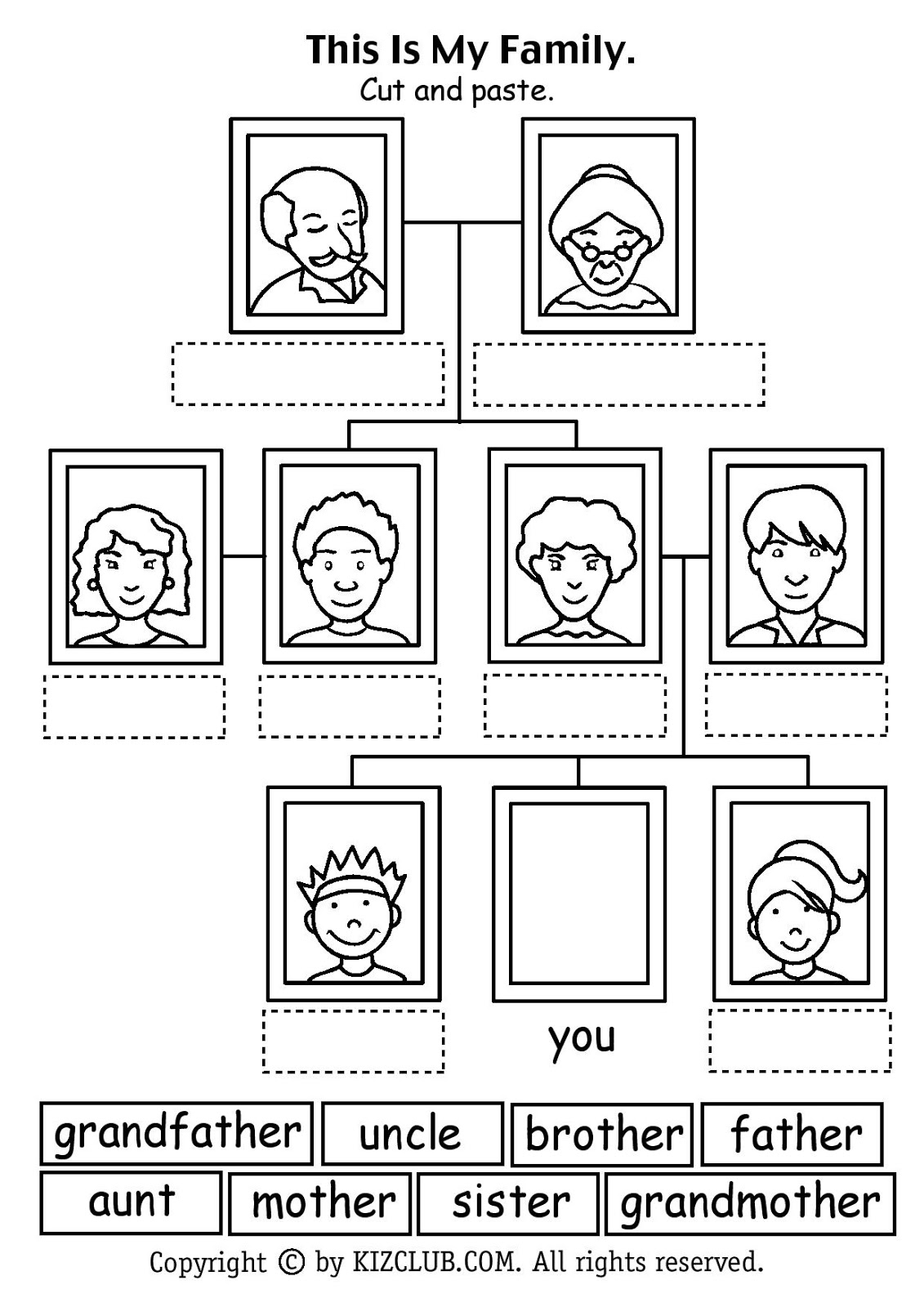
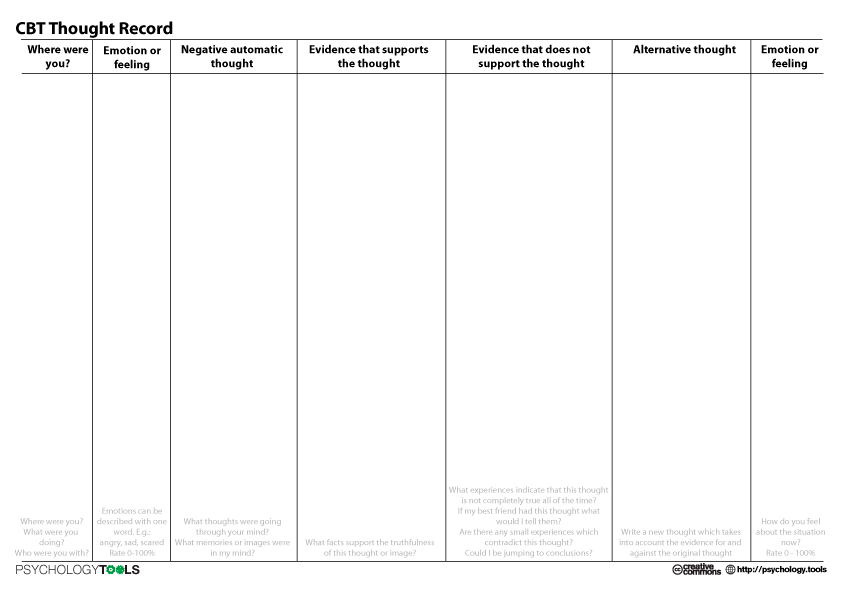
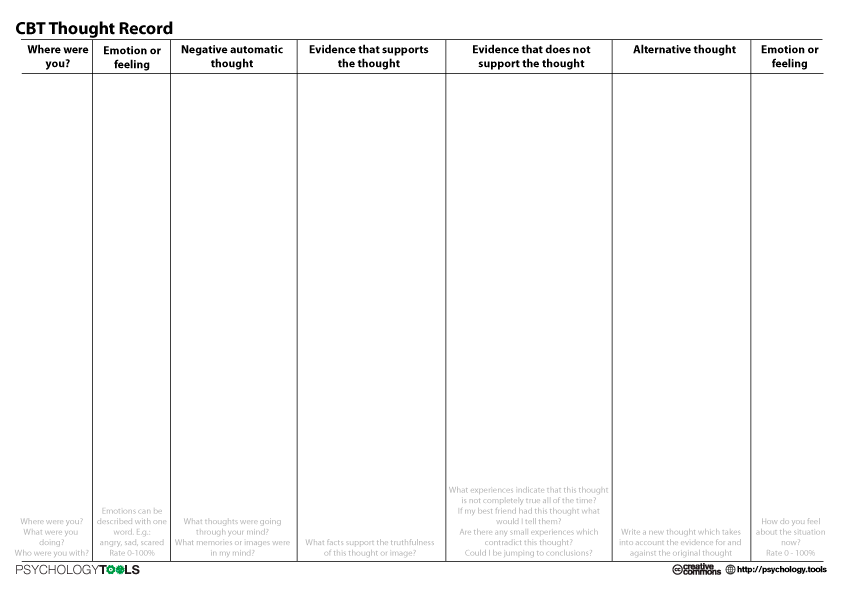
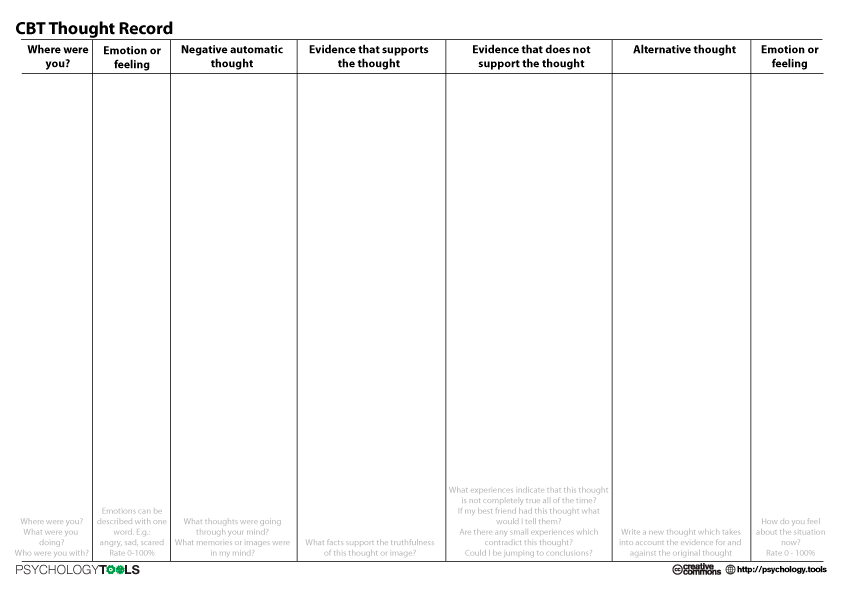
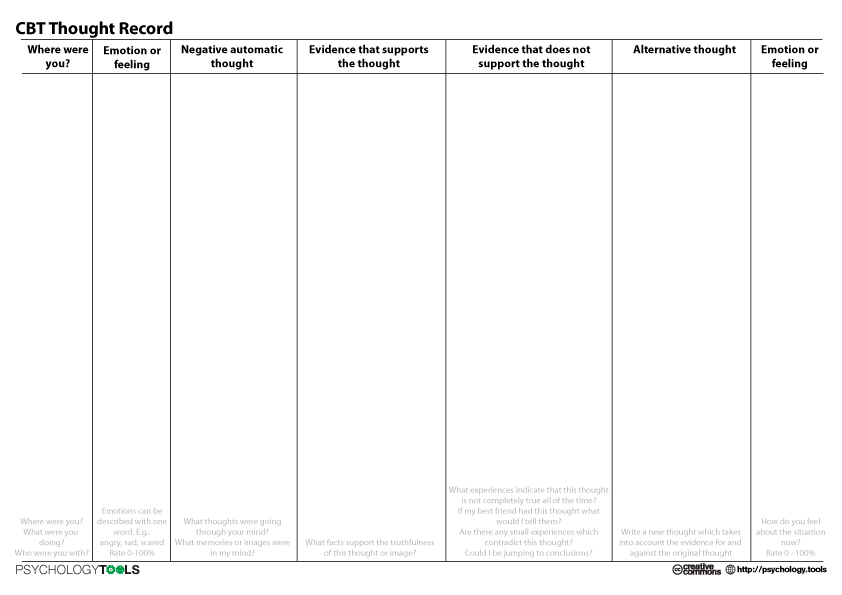

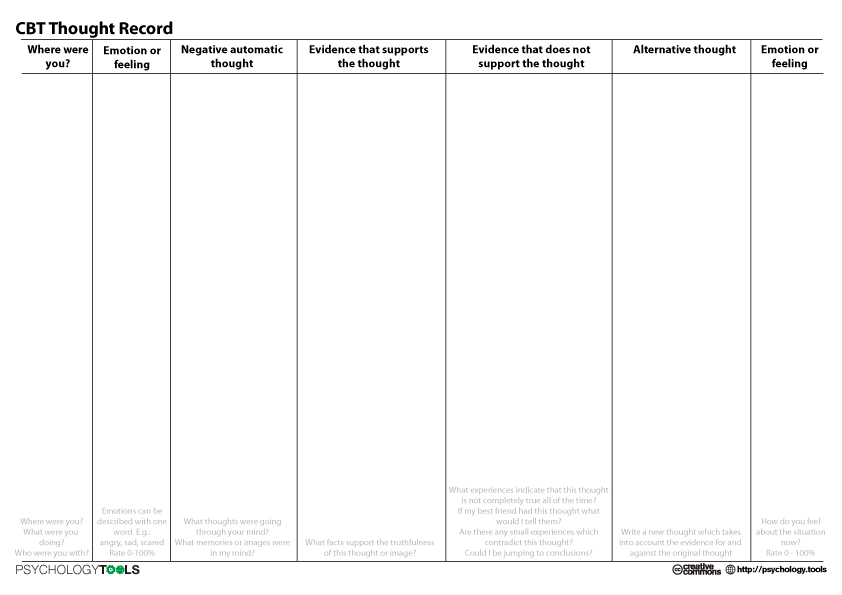
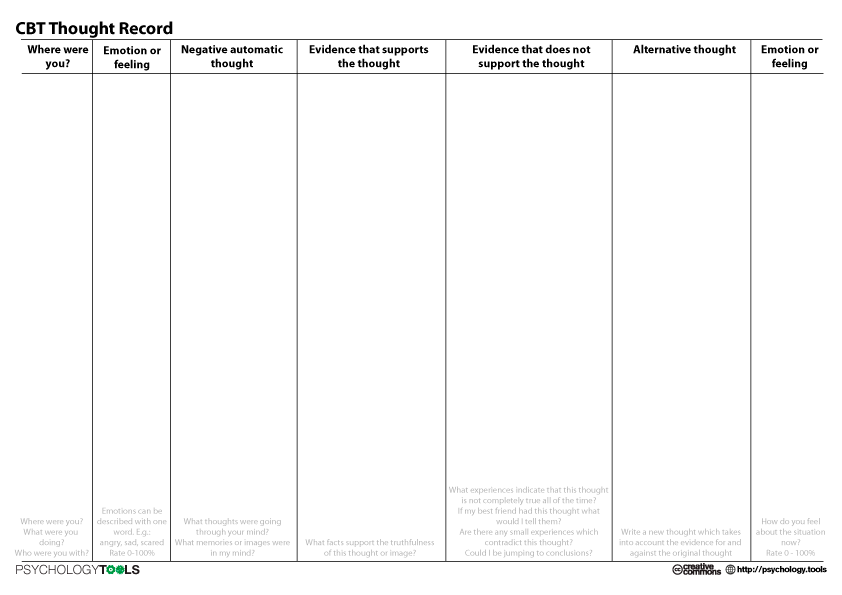
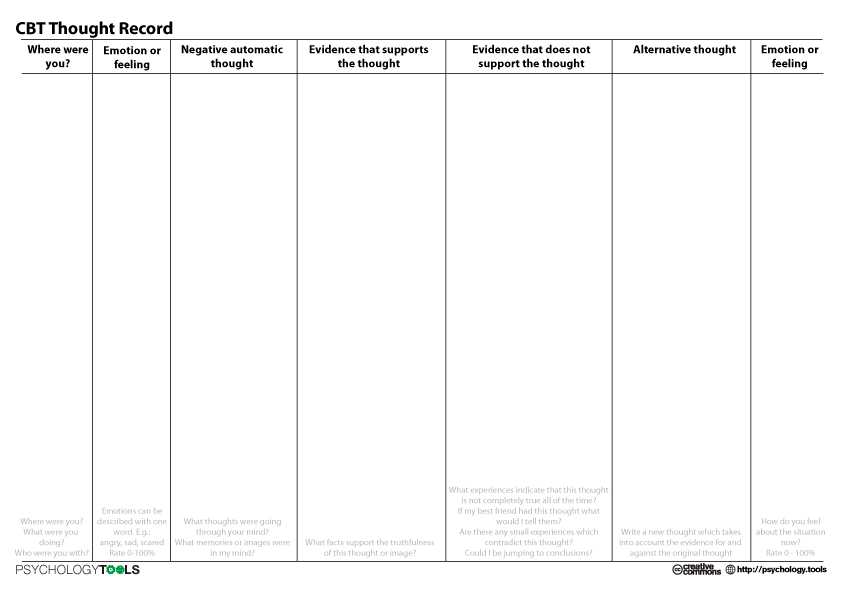














Comments